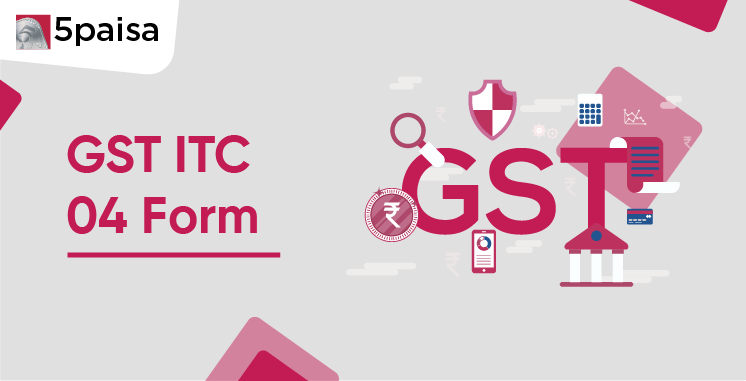Content
- What is the GST ITC-04 Form?
- Key Features of ITC-04 Form:
- Who Needs to File GST ITC-04?
- Filing Frequency and Due Dates
- Step-by-Step Guide to Filing GST ITC-04
- Benefits of Filing ITC-04
- Time Limits for Receiving Goods from Job Workers
- Penalties for Non-Compliance with ITC-04
- Common Mistakes While Filing ITC-04 and How to Avoid Them
- Practical Example of ITC-04 Filing
- Conclusion
The Goods and Services Tax (GST) system in India introduced various compliance requirements to streamline tax administration and prevent revenue leakage. Among these, Form GST ITC-04 plays a crucial role, especially for businesses involved in job work. It ensures transparency in tracking the movement of goods sent for job work and helps businesses claim Input Tax Credit (ITC) effectively.
This comprehensive guide explains GST ITC-04, its purpose, applicability, filing process, penalties for non-compliance, and the benefits it offers to businesses.
More Articles to Explore
- Difference between NSDL and CDSL
- Lowest brokerage charges in India for online trading
- How to find your demat account number using PAN card
- What are bonus shares and how do they work?
- How to transfer shares from one demat account to another?
- What is BO ID?
- Open demat account without a PAN card - a complete guide
- What are DP charges?
- What is DP ID in a demat account
- How to transfer money from demat account to bank account
Disclaimer: Investment in securities market are subject to market risks, read all the related documents carefully before investing. For detailed disclaimer please Click here.
Frequently Asked Questions
Registered manufacturers or principals who send inputs or capital goods to job workers and receive them back must file ITC-04 to track goods movement and claim Input Tax Credit (ITC).
Non-filing of ITC-04 may result in penalties, potential loss of ITC, and compliance issues. The authorities may also impose additional tax liabilities for failure to report job work transactions.
No, only the principal manufacturer can claim ITC on goods sent for job work. Job workers cannot avail ITC as they do not own the goods processed.
Yes, goods sent from one job worker to another must be reported in ITC-04 to maintain transparency, track movement, and ensure proper GST compliance.
No, ITC-04 cannot be revised once submitted. Any corrections or updates must be incorporated in the subsequent filing period.



